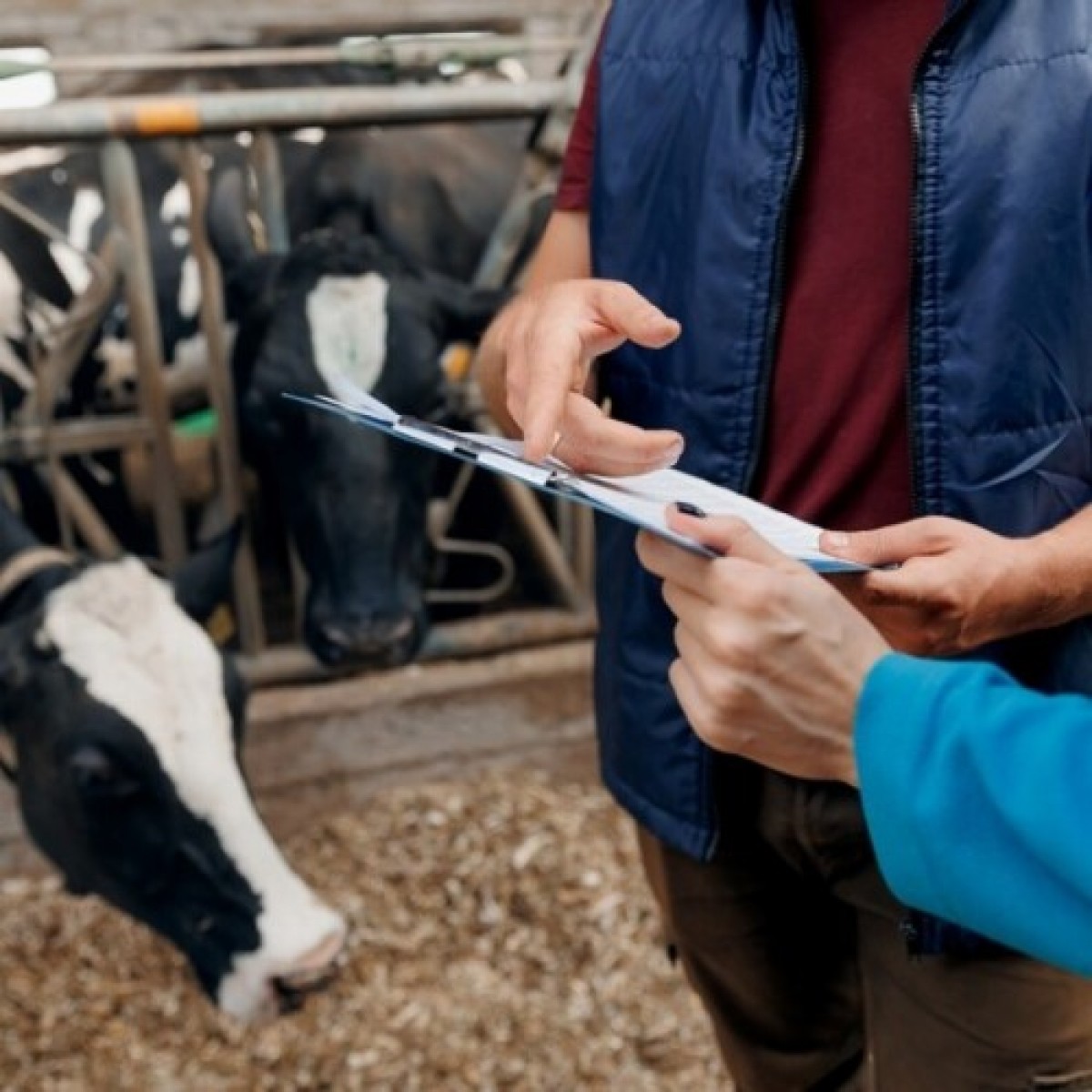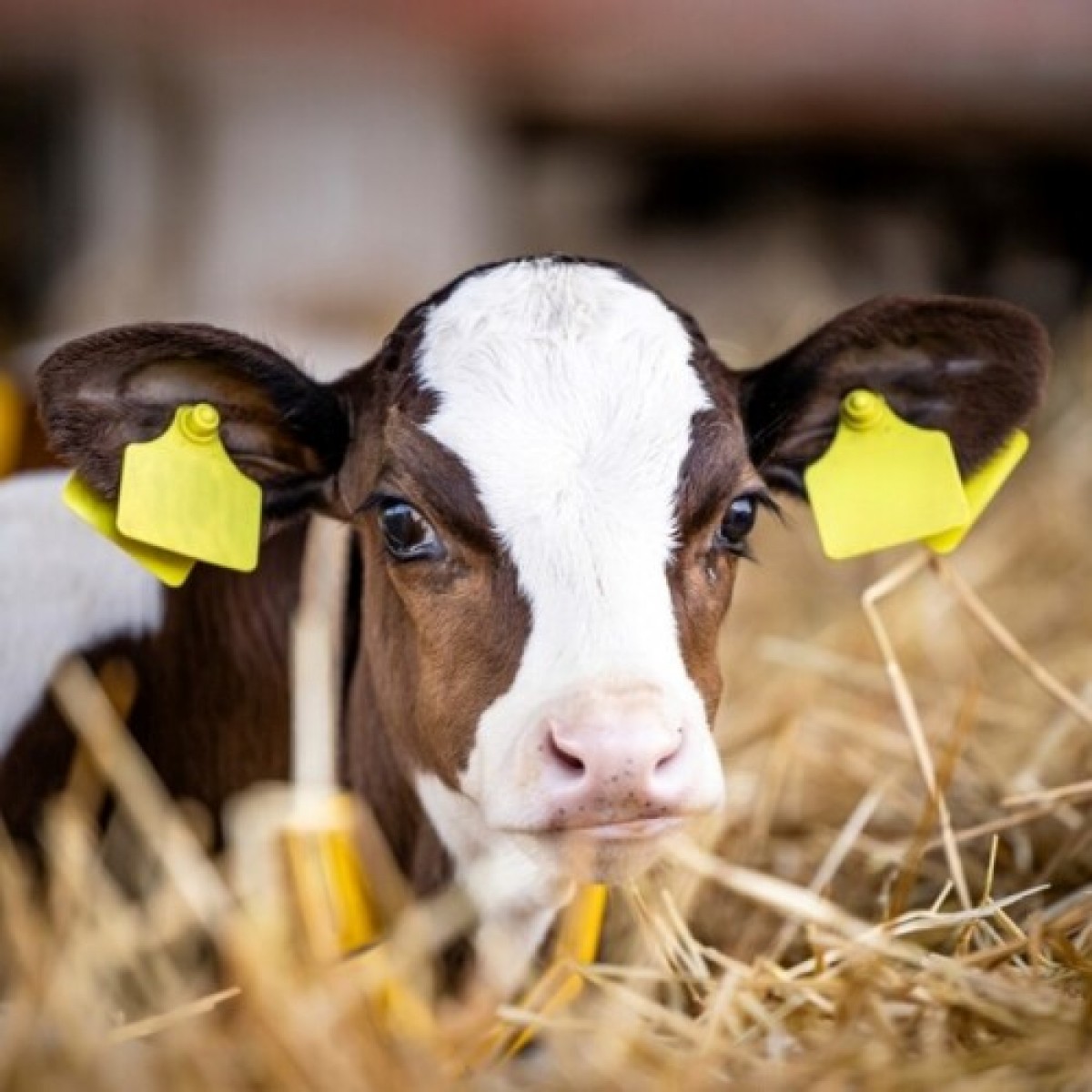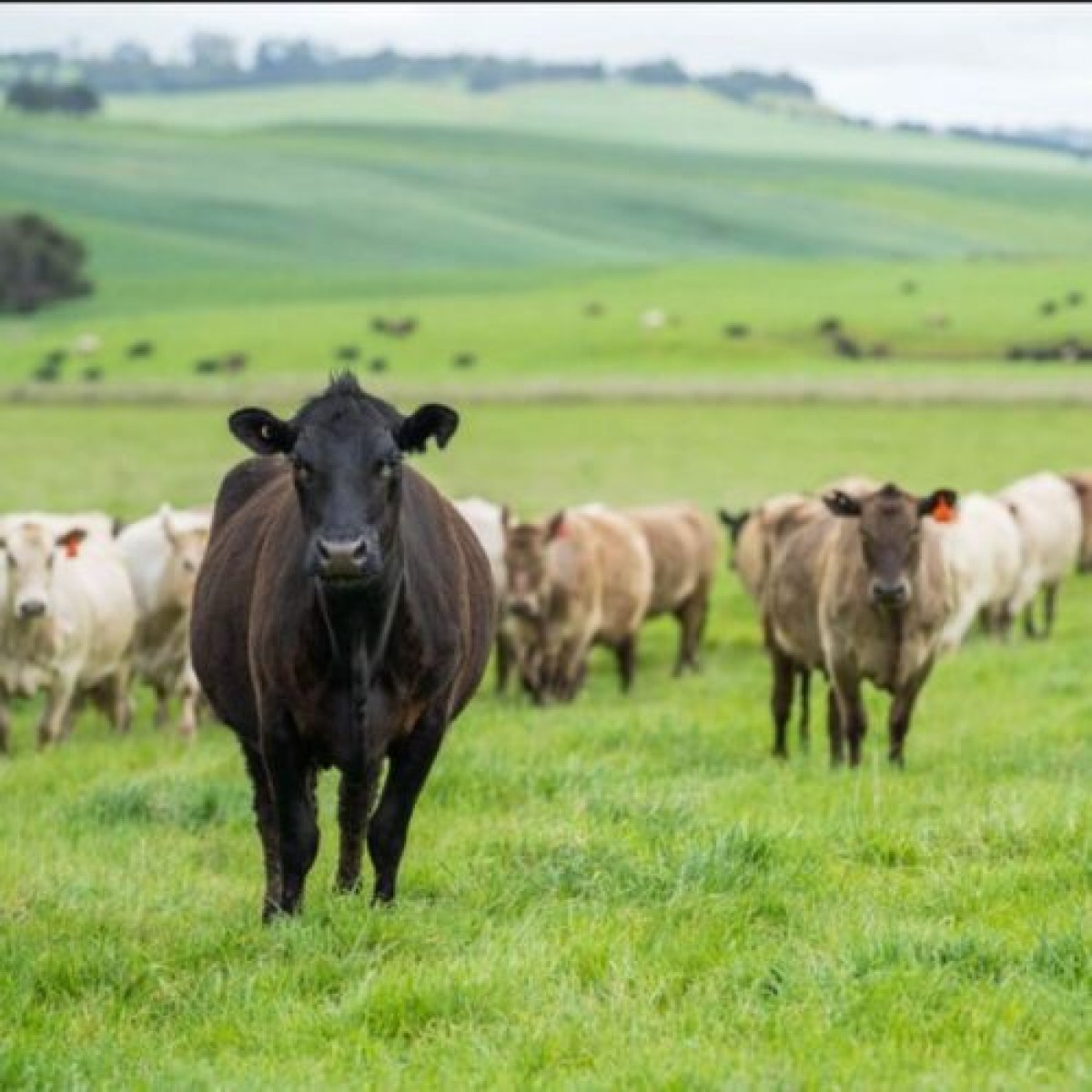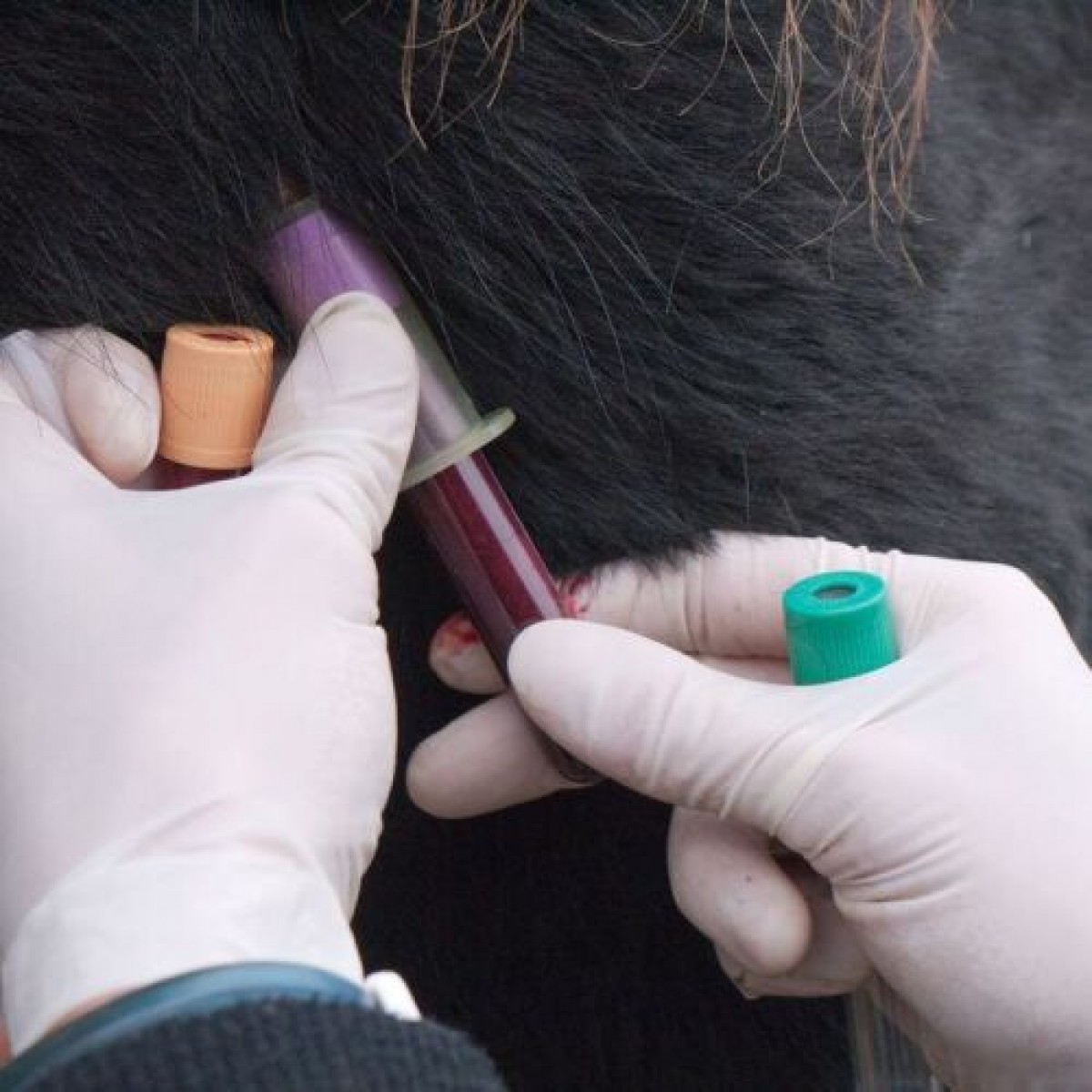Vaccine Guidelines to Help Combat Antimicrobial Resistance in Cattle
Antibiotics have been used since the 19th century to combat pathogens, which has resulted in increased life expectancy and better health for humans and animals worldwide.
by Jenny Alonge
Antibiotics have been used since the 19th century to combat pathogens, which has resulted in increased life expectancy and better health for humans and animals worldwide. However, bacteria possess an innate ability to evolve and survive threats, including substances produced in the environment, other microbes, and antibiotics developed by people. The large-scale use and misuse of antibiotics has led to antimicrobial resistance (AMR), which, in turn, has resulted in substantial morbidity, death, and increased health care costs. Today, AMR is a major global concern. Antimicrobial stewardship is necessary to provide conscientious oversight to help safeguard animal, public, and environmental health. In addition, vaccines are another asset that can be used to decrease AMR by preventing bacterial and viral infections, which reduces the use and misuse of antibiotics and helps prevent the development of antibiotic resistant organisms.
Antimicrobial stewardship endorsed by bovine practitioners
Antimicrobials remain necessary to treat, prevent, and control infectious disease in beef and dairy cattle, so in 2015, The American Association of Bovine Practitioners (AABP) developed guidelines to properly use them. These guidelines include.
- Animal health and welfare should be maintained by implementing preventive and management strategies to prevent common diseases — The bovine practitioner has a responsibility to help design management, immunization, housing, and nutritional programs to aid in reducing disease incidence and the need for antimicrobials.
- An evidence-based approach should be used when deciding when to use antimicrobial drugs — The bovine practitioner should only use antimicrobials if a valid reason to do so exists after considering therapeutic alternatives, and the appropriate antimicrobial drug should be selected.
- Effective — Clinical signs, history, laboratory data, and clinical experience should be used to identify the pathogen to ensure the antimicrobial drug chosen is likely to be effective.
- Dosage — The antimicrobial should be used at an appropriate dosage for the shortest appropriate time, and in the smallest number of animals necessary.
- Label instructions — Whenever possible, the label instructions should be followed, including the condition the drug is supposed to treat, dosing, route, frequency, duration, and withholding period.
- Extra label use — Extra label drug use must only occur following the Animal Medicinal Drug Use Clarification Act regulations.
- Compounding — Compounding antimicrobials from bulk compounds for use in cattle is prohibited.
- Combination therapy — Using multiple antimicrobial drugs should be avoided unless information is available that shows an increase in efficacy or suppression of resistance development
- Antimicrobials should be handled and stored appropriately — The bovine practitioner should preserve drug integrity through proper handling, storage, and observation of the expiration date. Other factors to consider include:
- Quantity — Drugs should be purchased in amounts appropriate to the production unit size to avoid stockpiling.
- Training — Production facility personnel should be trained in antimicrobial use, including indications, dosages, withdrawal times, administration routes, injection site precautions, storage, handling, record keeping, and accurate disease diagnosis.
- Record keeping — Written or computerized treatment protocols should be provided for clients to ensure antimicrobials are used appropriately.
- Monitoring — Treatment records, drug inventory, and drug purchase history should be reviewed and reconciled regularly.
- Continuing education — Bovine practitioners should participate in continuing education programs that address therapeutics and antimicrobial resistance.
New vaccine guidelines for bovine practitioners
Vaccines are used prophylactically, meaning they are effective before pathogens start to multiply after the initial infection and before tissues and organs are affected, which substantially reduces the likelihood resistant mutations will emerge and spread. In addition, vaccines usually contain multiple immunogenic epitopes, as opposed to the single entity typically targeted by antibiotics, meaning more mutations must occur for the pathogen to develop resistance to a vaccine. This makes vaccines a valuable tool in the fight against AMR.
The AABP Committee on Pharmaceutical and Biological Issues recently released cattle vaccination guidelines to help bovine practitioners develop appropriate protocols for beef and dairy operations. Dr. Justin Kieffer of Ohio State University chaired the seven-person committee, which was made up of veterinarians and researchers. The committee spent two years consolidating cattle vaccine recommendations and information to produce one comprehensive document. The format is easy for bovine practitioners to use, thorough in nature, and supported by research-based evidence.
The resource document is organized by disease pathogens, and the vaccines available for each pathogen are listed in that section. In addition, common adverse reactions and how to manage them are addressed.
A set of core diseases for which all cattle should be vaccinated was defined, including infectious bovine rhinotracheitis (IBR), bovine viral diarrhea (BVD), parainfluenza virus 3 (PI3), bovine respiratory syncytial virus (BRSV), and most clostridiums, except for Clostridium haemolyticum and Clostridium tetani. Vaccinations against E. coli mastitis and rough strains from E. coli J5 also were recommended for lactating dairy cattle. In addition, a list of “risk-based” disease pathogens were identified depending on the herd’s geography, management, and disease pressures.
While the wide range of environmental, genetic, nutritional, and management differences in the various beef and dairy operations make outlining a standard vaccine protocol impossible, the guidelines provided in this document should help bovine practitioners develop protocols customized to their clients’ specific needs. The document will be reviewed and updated periodically as new disease information and vaccine technology become available.
Current AABP members can access the cattle vaccination guidelines by logging onto the AABP website and clicking through “Committees,” “Committee Resource Files,” “Pharmaceuticals and Biologics,” and “Vaccination Guidelines.”
Following the guidelines to practice appropriate antimicrobial stewardship and developing suitable vaccination protocol regimens for dairy and beef operations should help bovine practitioners mitigate antimicrobial resistance in the cattle industry.














List
Add
Please enter a comment